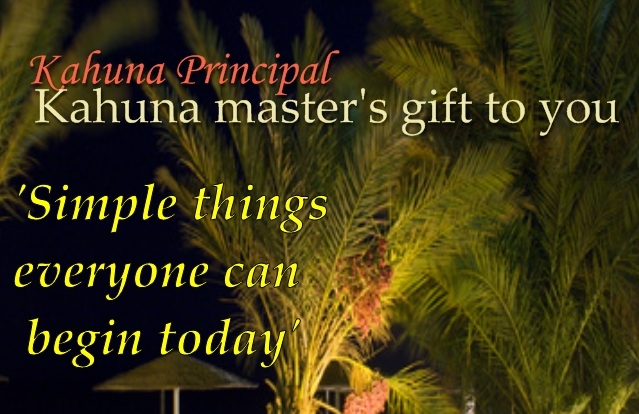Therapies -
Training-
Events -Stress  Management -- Retreats --
Emotional & Spiritual Support. Management -- Retreats --
Emotional & Spiritual Support.
|

“Imagine the feeling of floating, feeling weightless. A sense of serenity and inner
peace. A smorgasbord of emotions had welled up from within me and I had permission to
release it and with it, more
-- TV producer |
|
